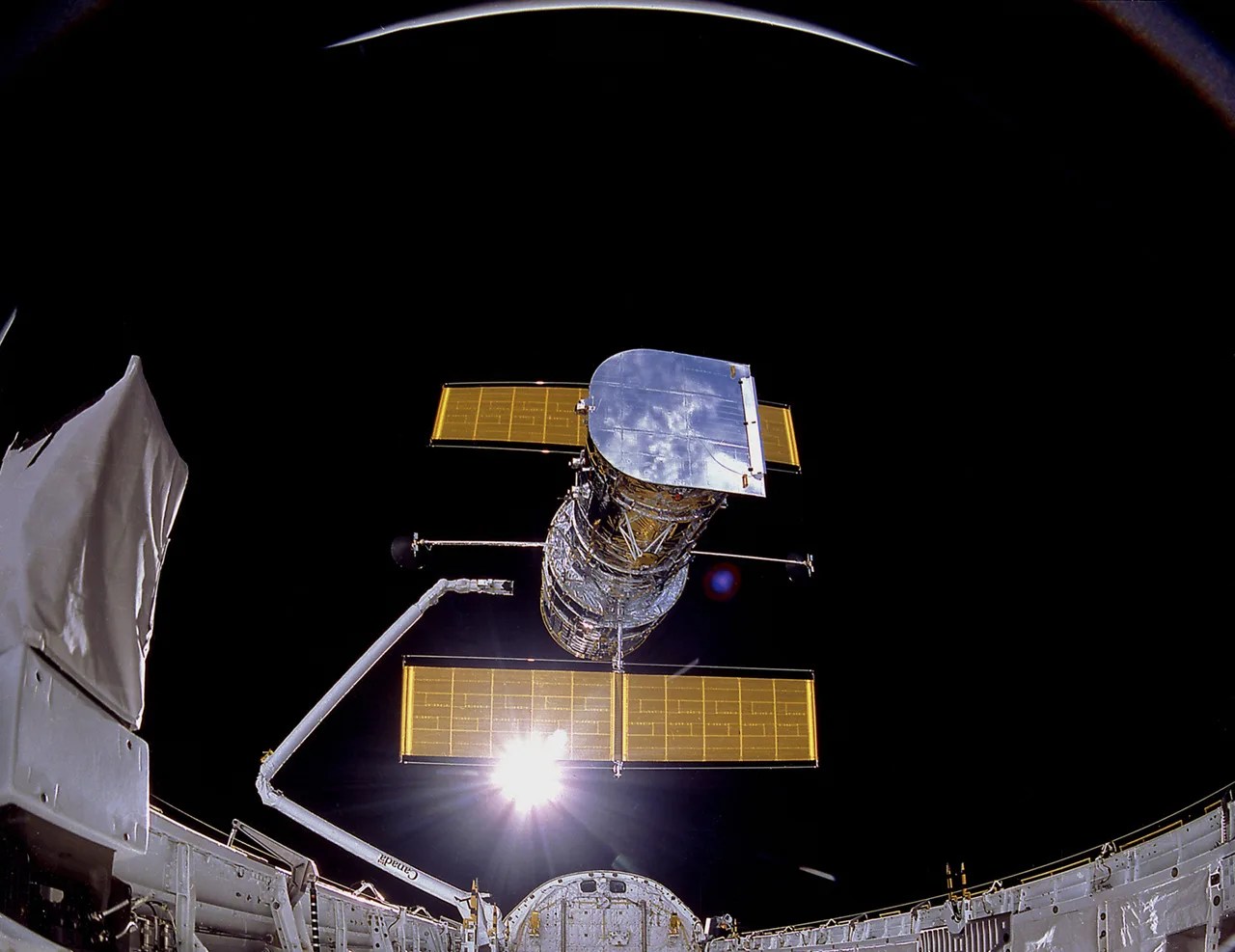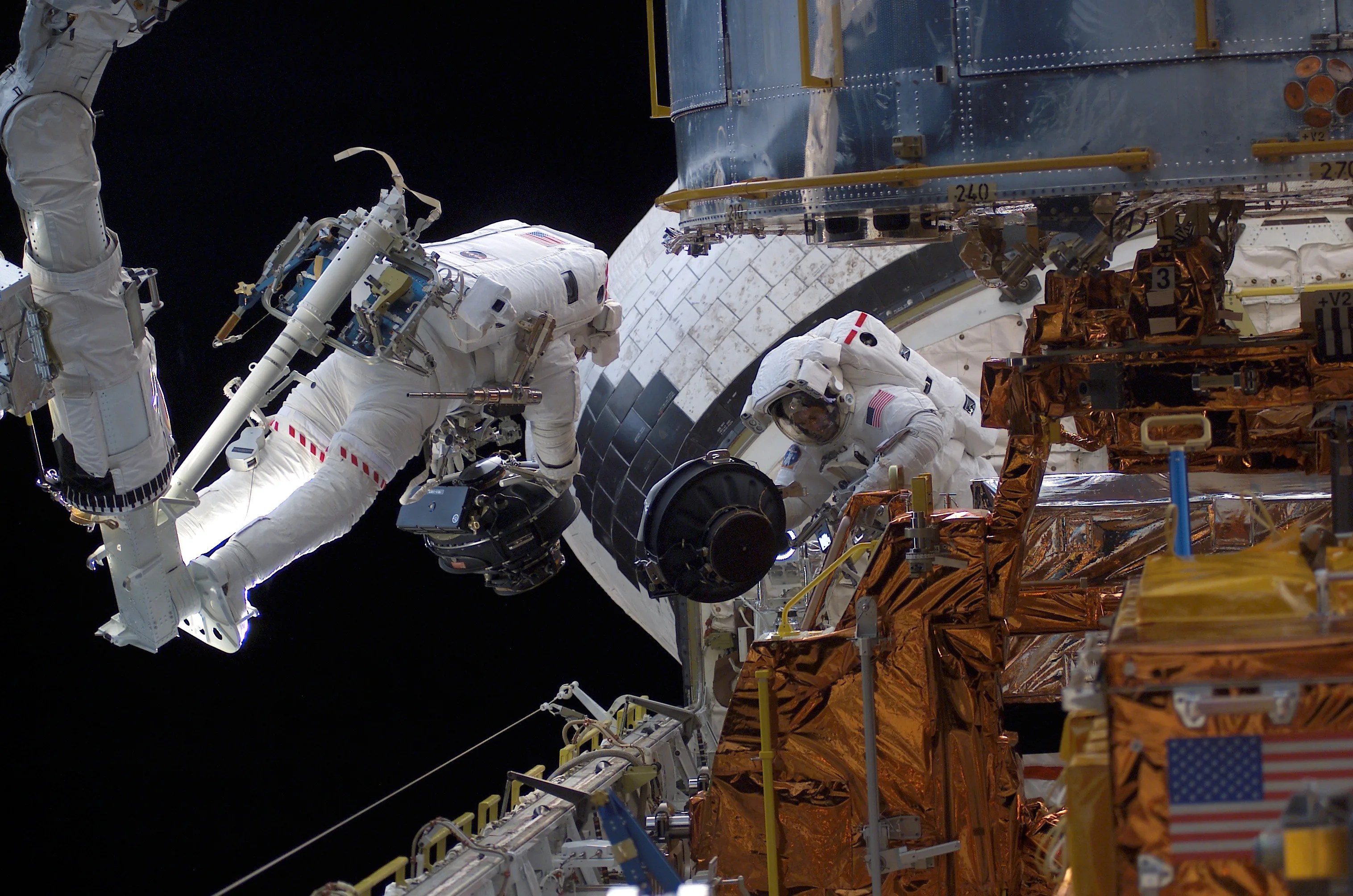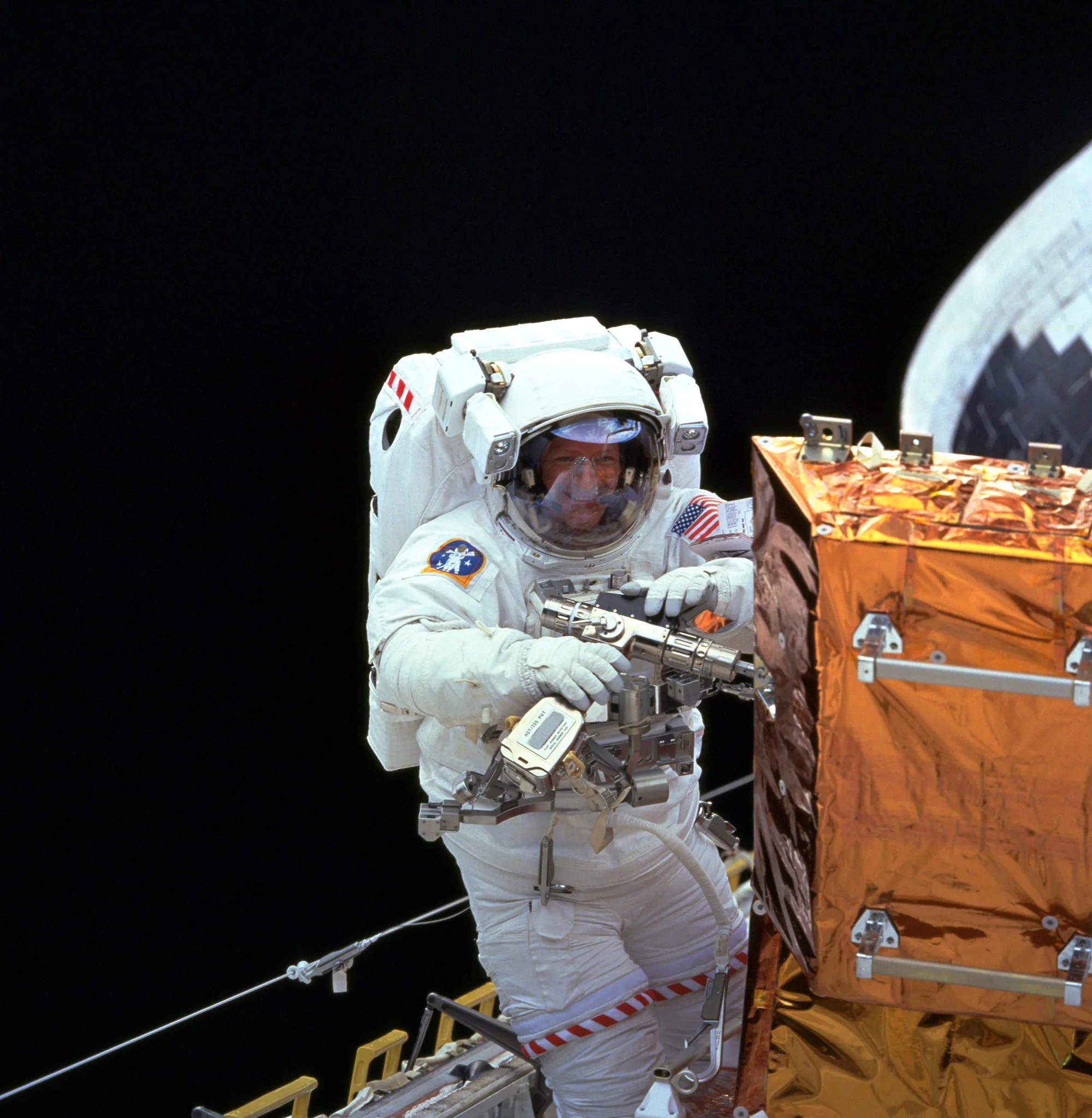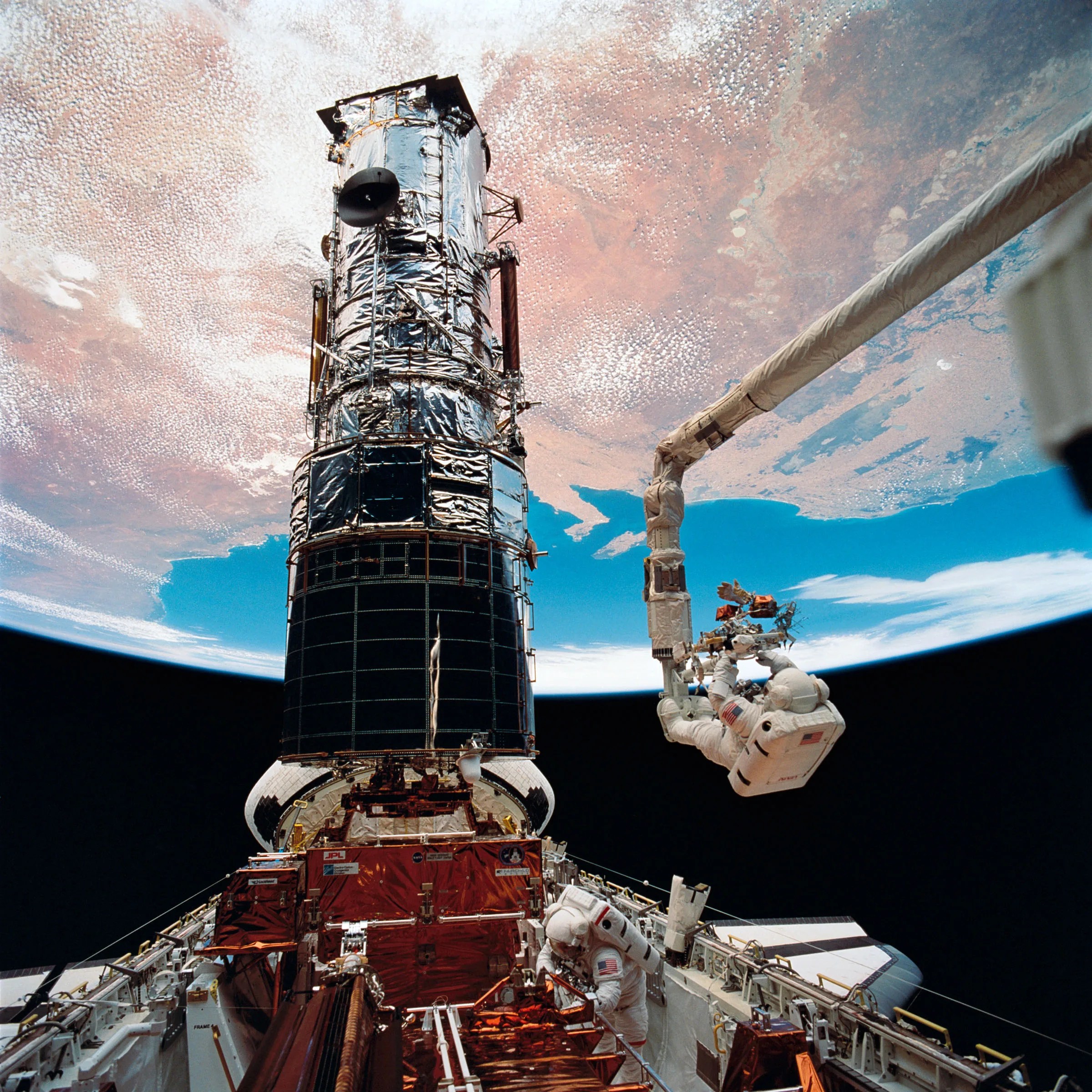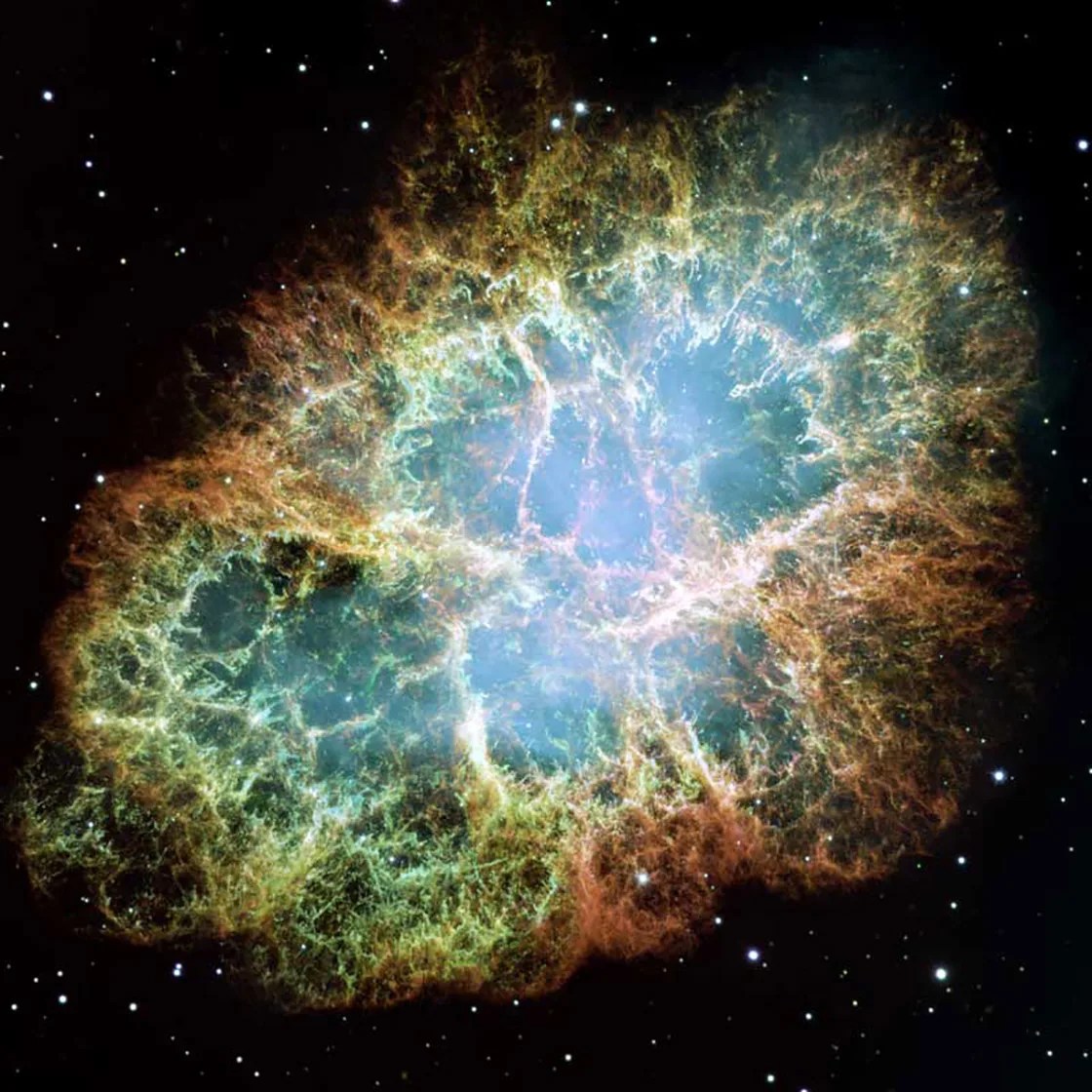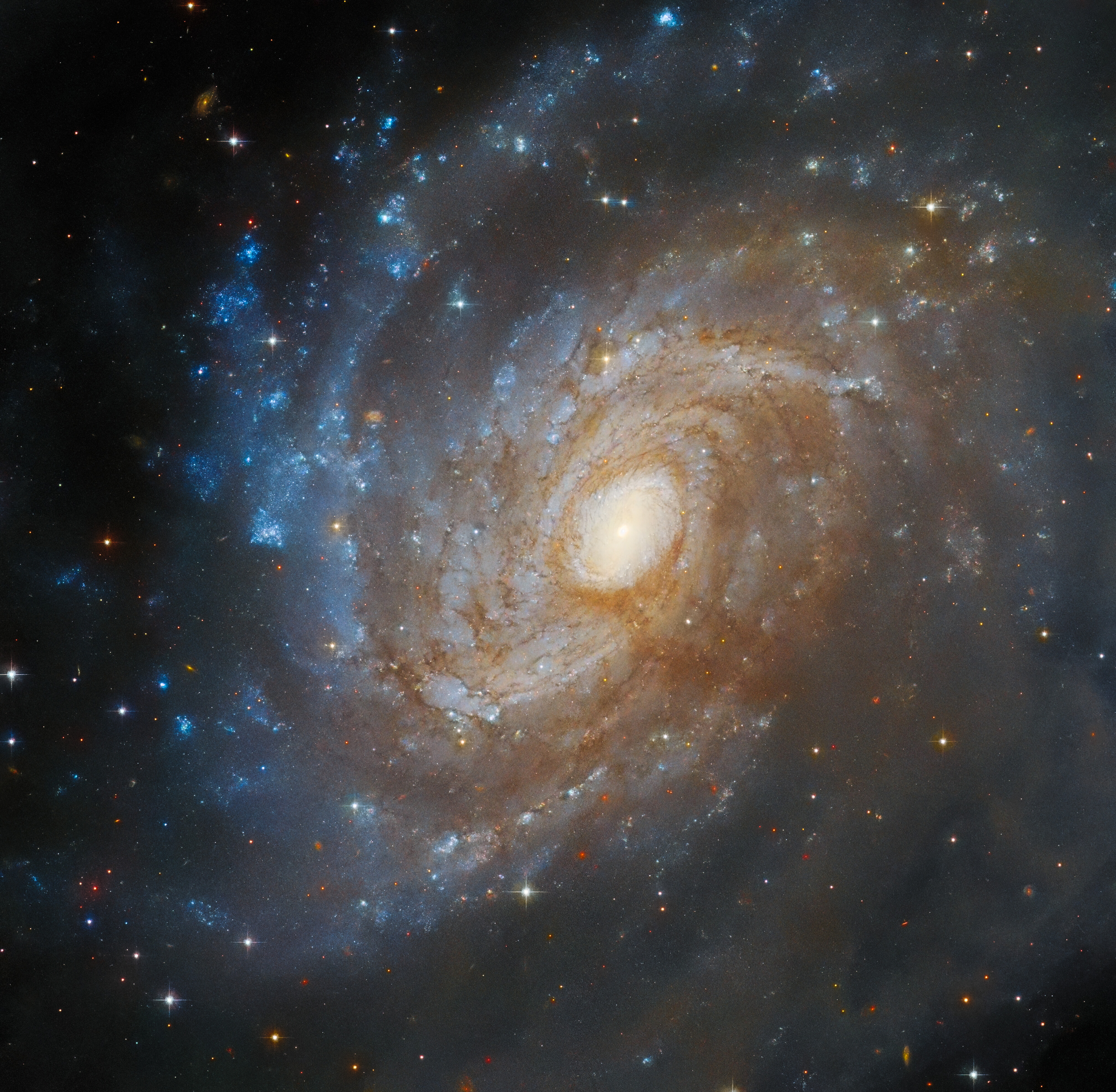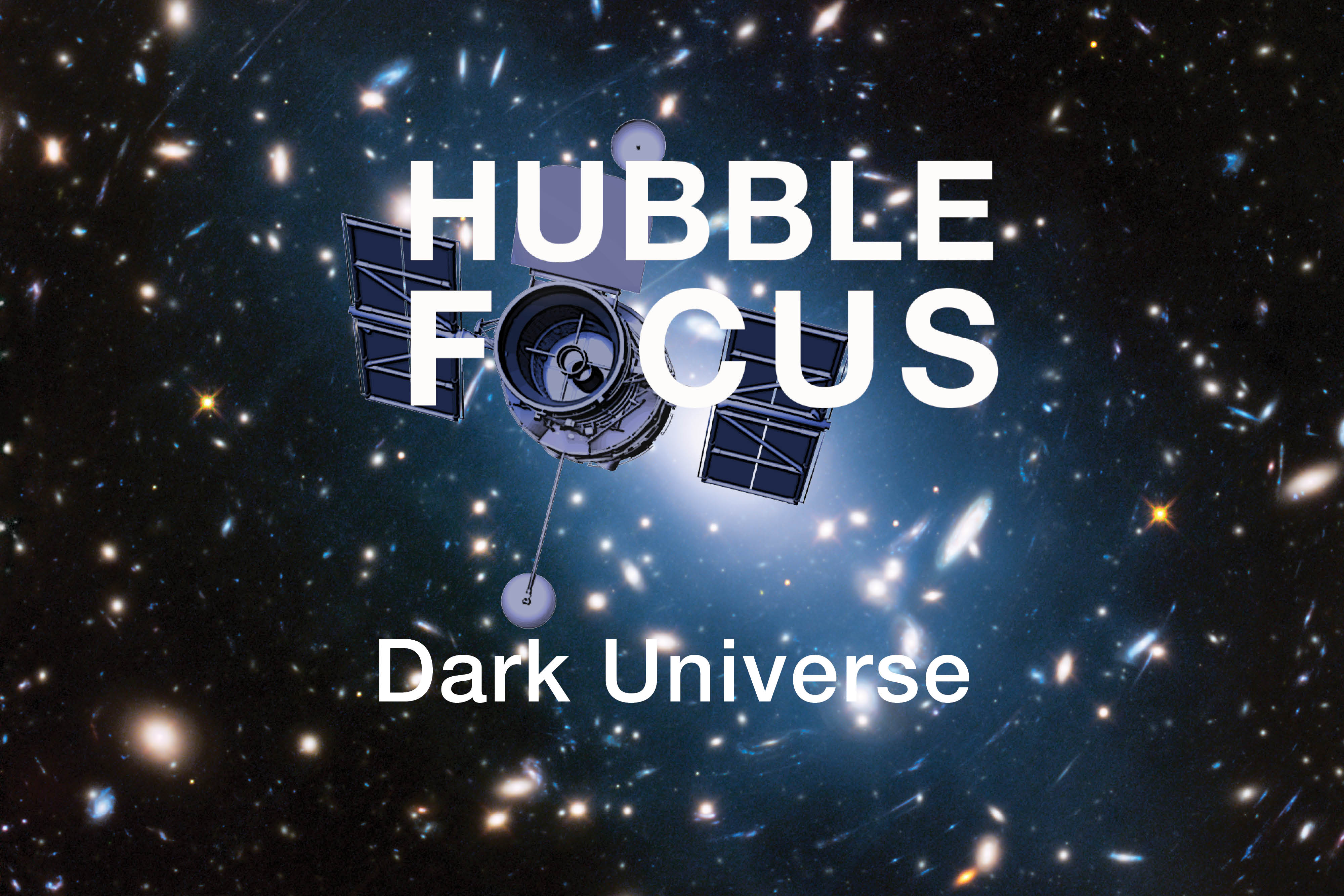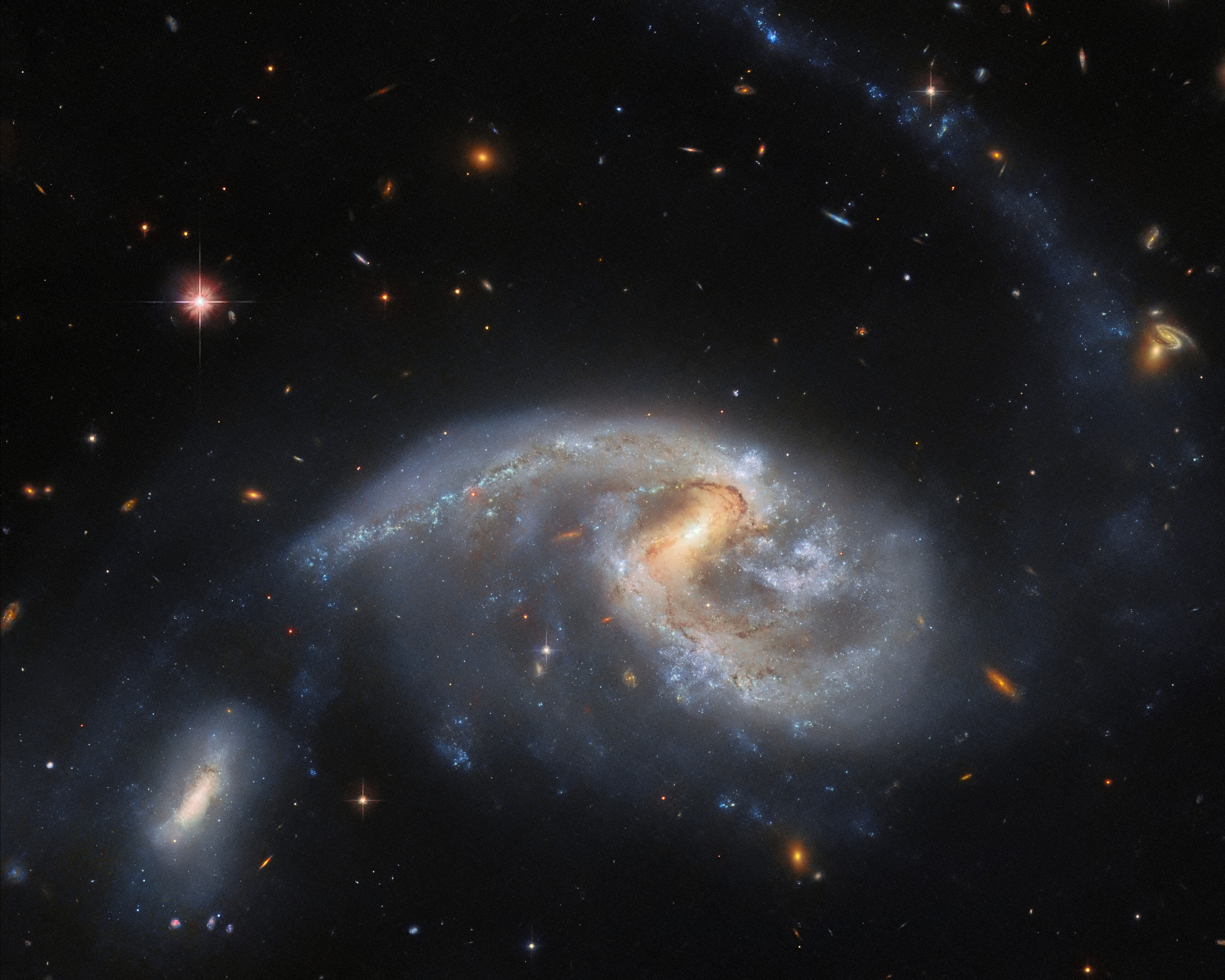Observatory and Operations
Download these PDFs to learn more about the Hubble Space Telescope mission and its operations.
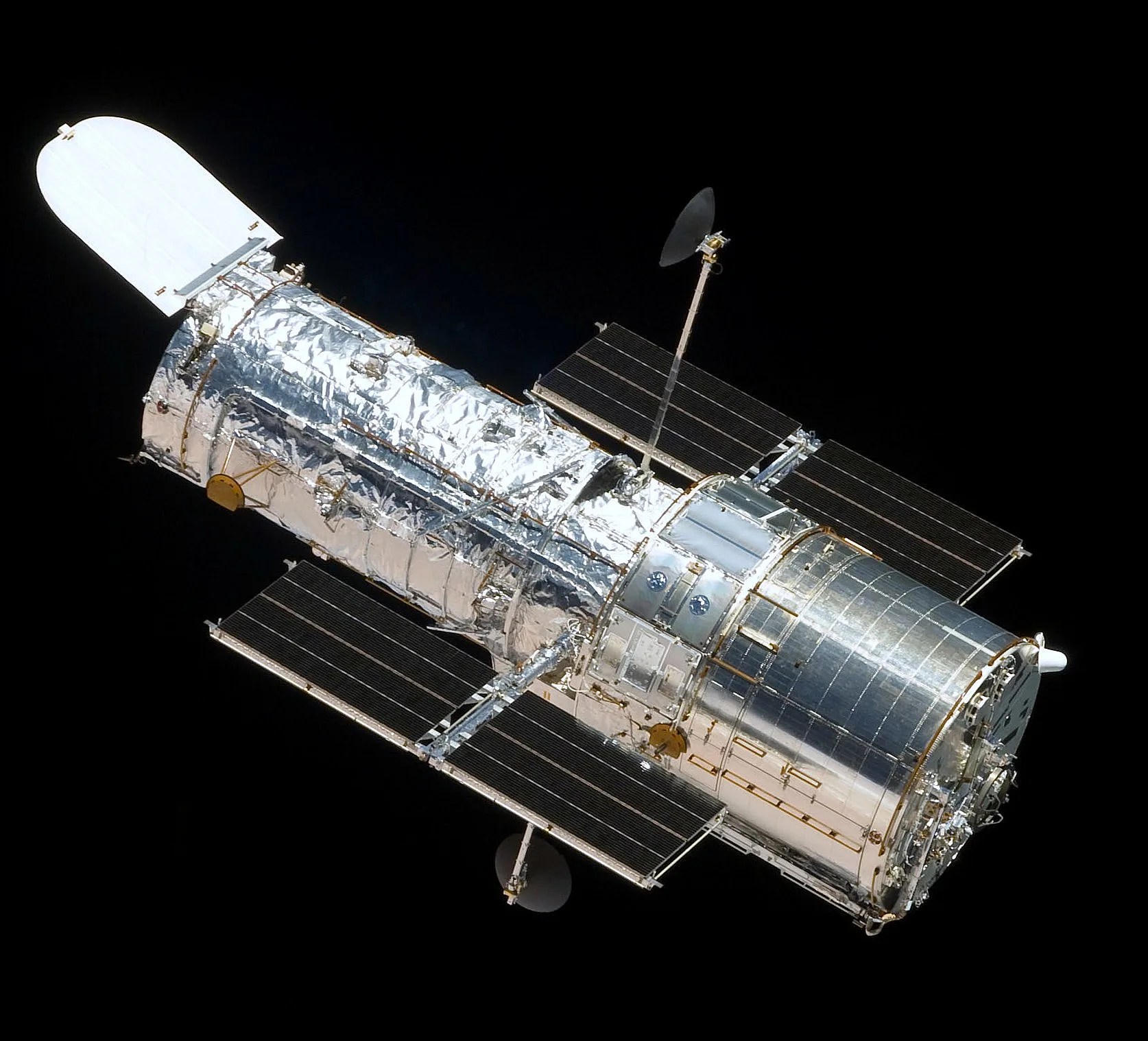
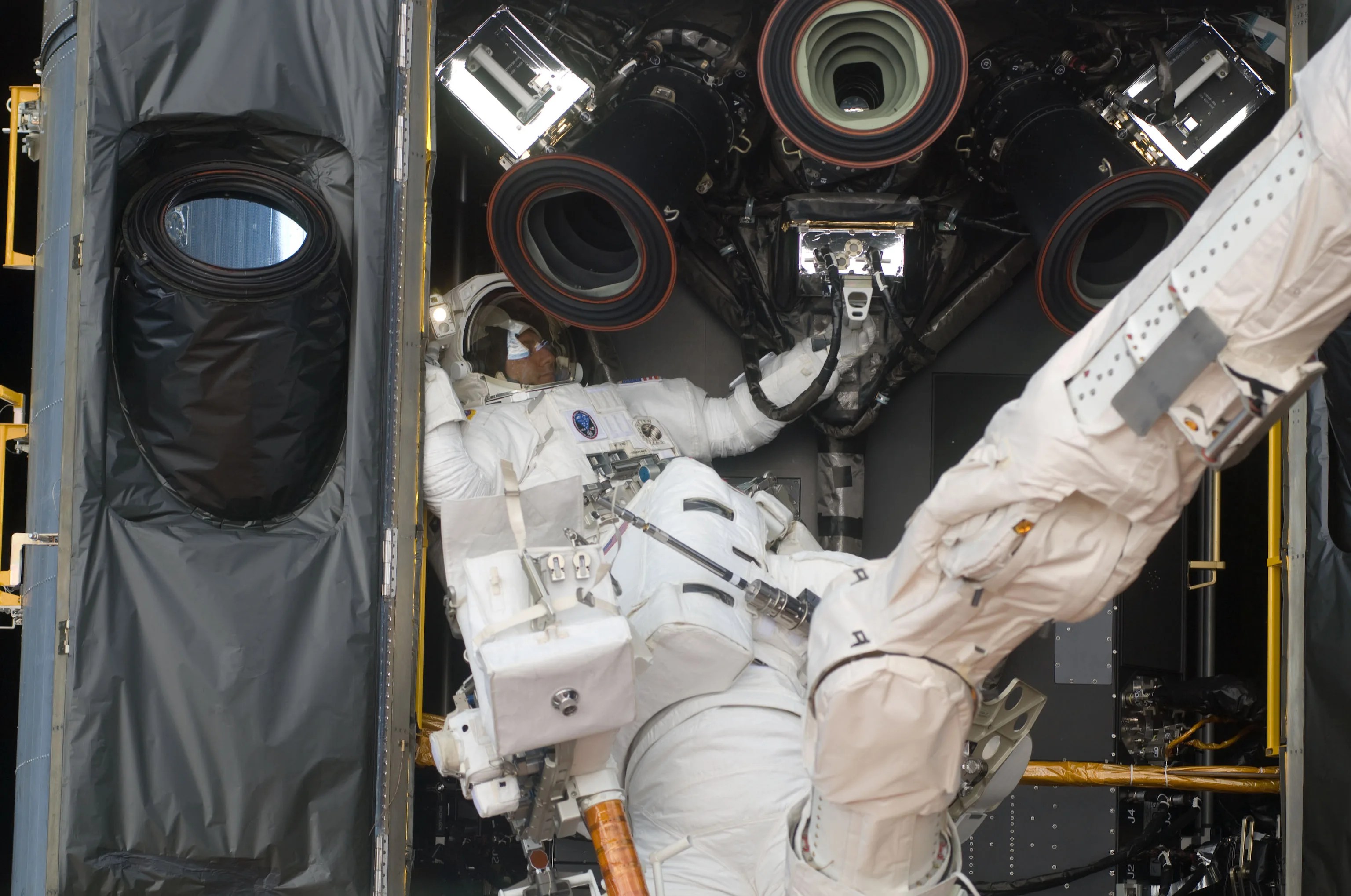
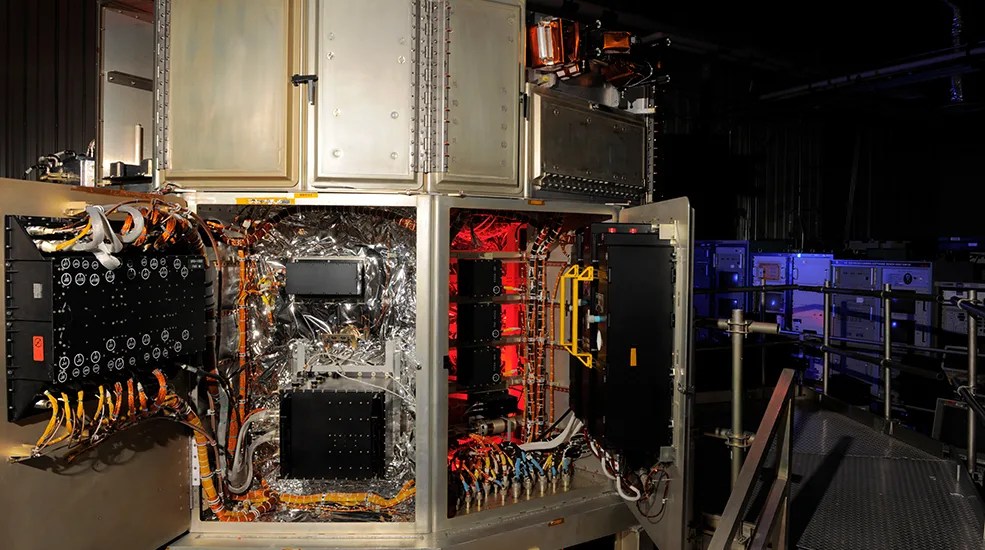
High-Fidelity Simulator
Engineers safely test and troubleshoot new procedures on a Hubble simulator at NASA’s Goddard Space Flight Center
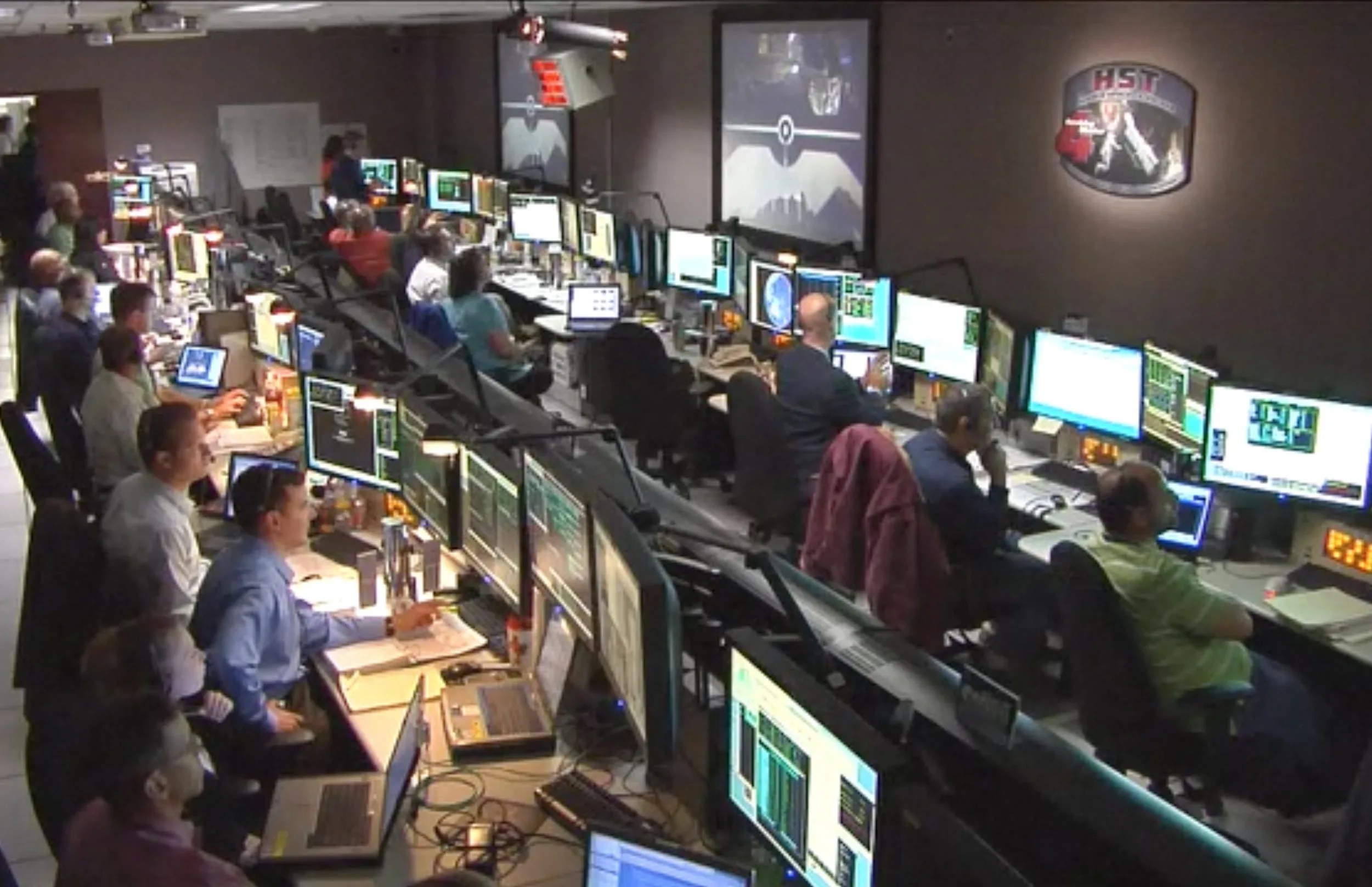
Instruments
Download these PDFs to learn more about Hubble's instruments.
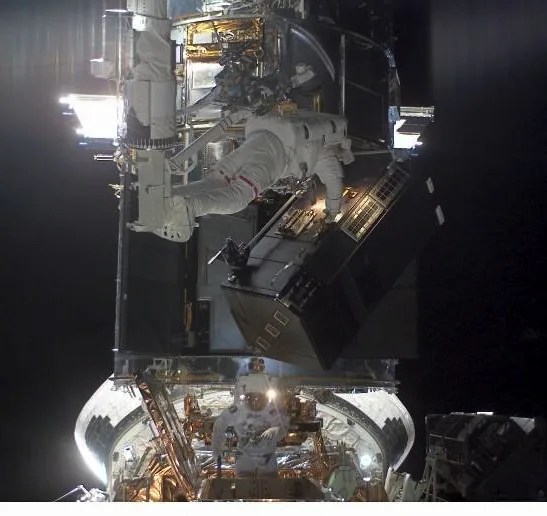
Advanced Camera for Surveys
ACS can survey large areas of the sky at multiple wavelengths, observing objects from our solar system to the distant universe.
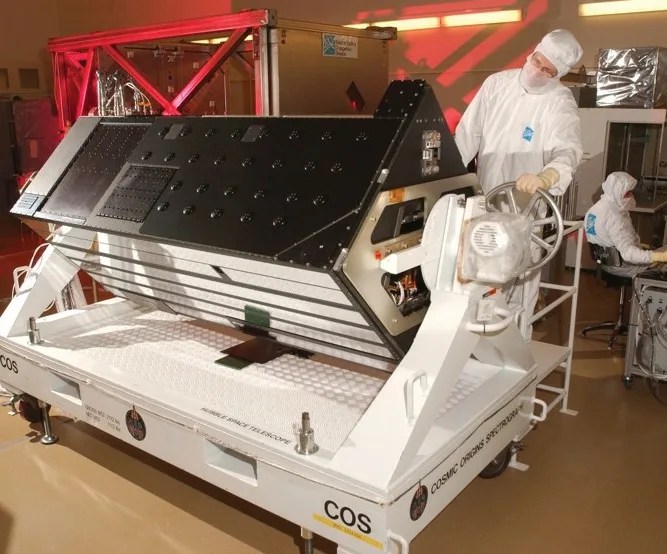
Cosmic Origins Spectrograph
COS studies features imprinted in ultraviolet light to explore how galaxies, stars, and planets formed and evolved.
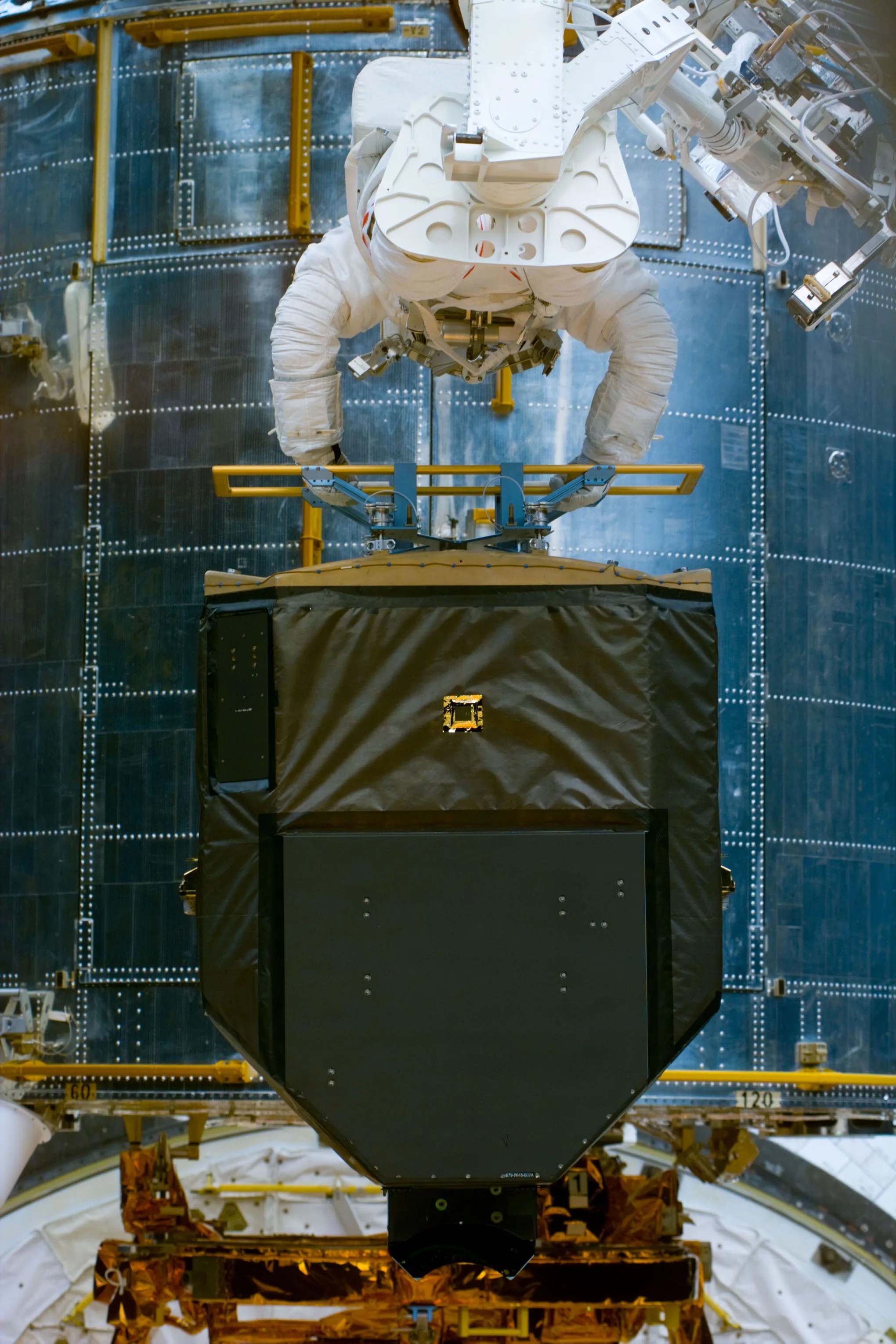
Fine Guidance Sensors
FGSs help point Hubble and can be used to precisely measure distances between objects.
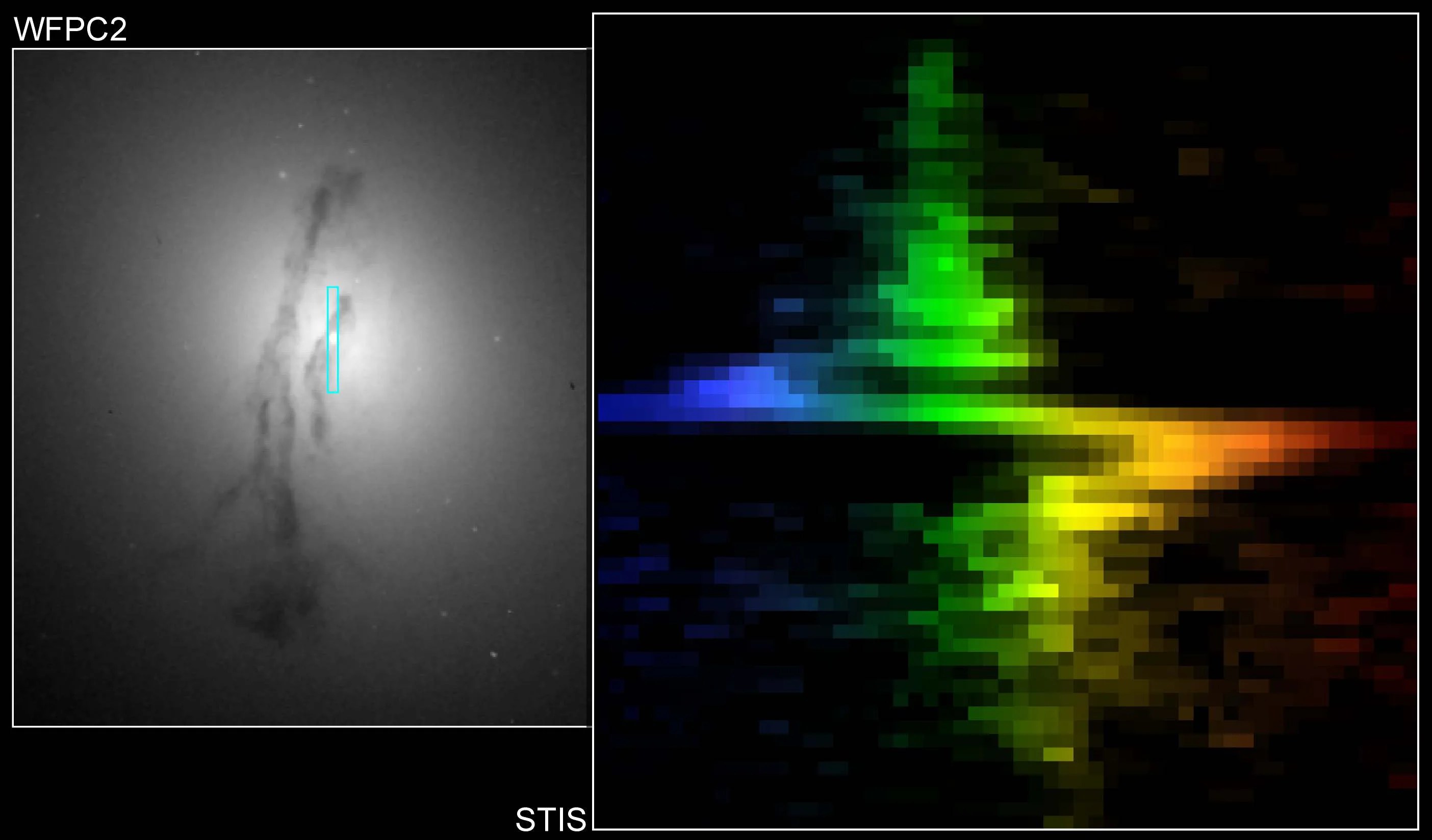
Space Telescope Imaging Spectrograph
STIS studies features found in various wavelengths of light to examine objects such as black holes, stars and galaxies.
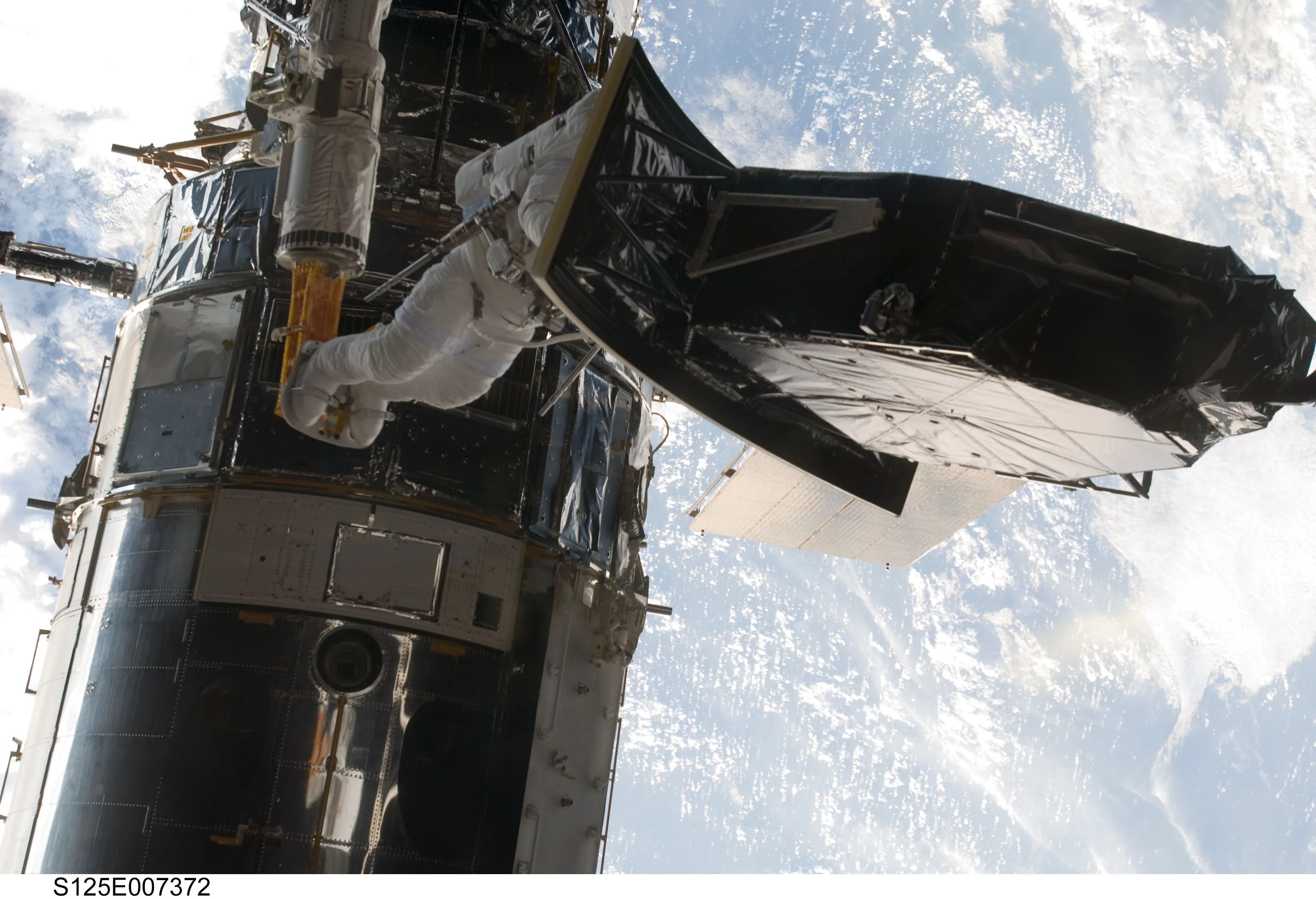
Wide Field Camera 3
WFC3 spans ultraviolet, visible and near-infrared light to study the cosmos, ranging from distant galaxies to objects within our solar system.
Information
Media Resources
Need to talk to our communication's team? Need b-roll for the documentary your making? This page helps you find the Hubble information you need.
Learn More